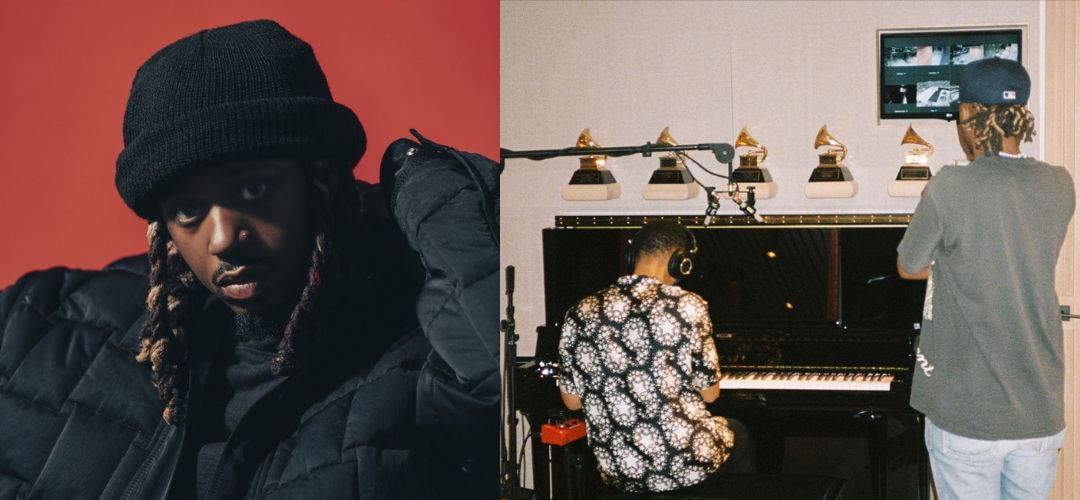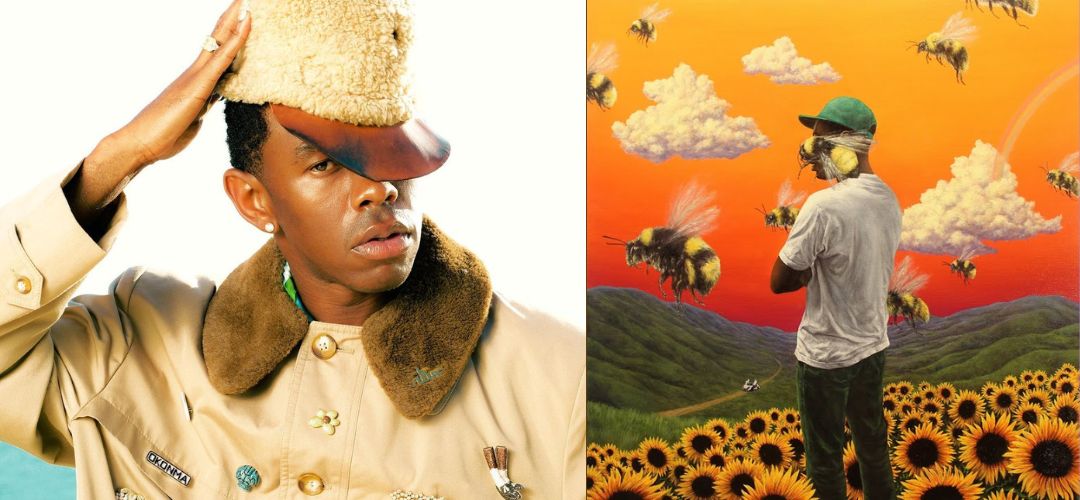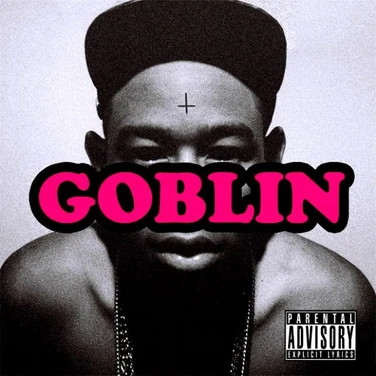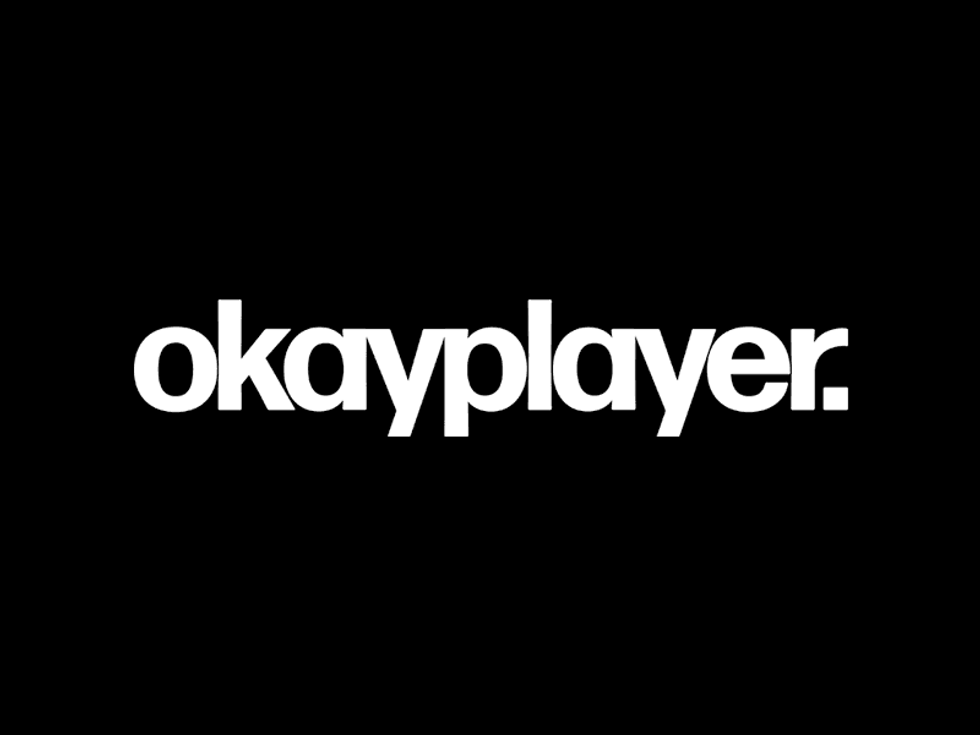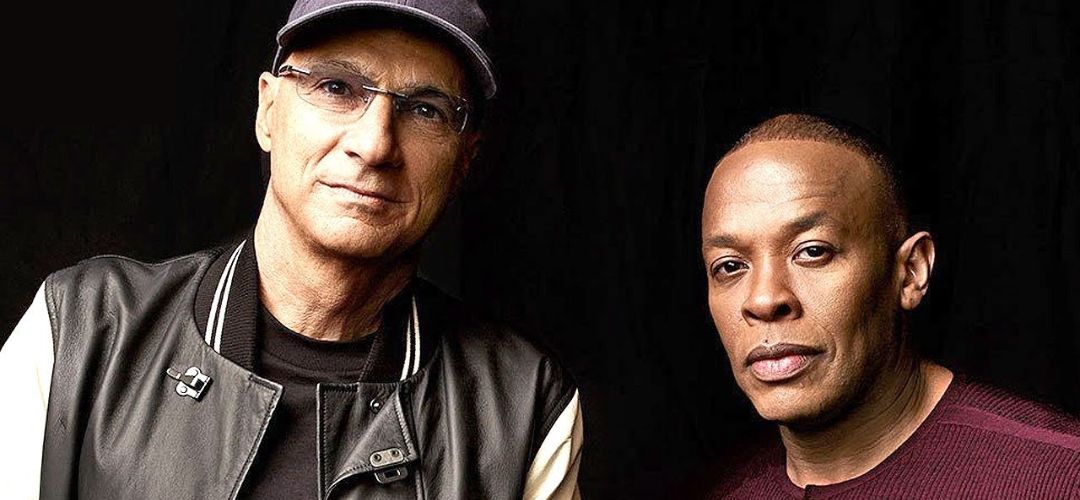
Tee Grizzley is a 23-year-old rapper out the West Side of Detroit who exploded overnight in 2017 with his breakout hit “First Day Out”.
The song was literally recorded and released the day the rapper was released from prison. “First Day Out” took off and was able to garner two million views within a couple of weeks and currently has 43 million plays on YouTube.
It didn’t hurt that LeBron uploaded an Instagram video of him singing all the words to Tee’s hit song while working out (the day after the Cavs lost to the Warriors in last year’s NBA Finals), which tripled the song’s sales. So how did a kid who had everything going against him rise from the bottom and become a success?
Tee Grizzley grew up in the Joy Road area of Detroit. Mainly raised by his grandmother, when Tee Grizzley was coming up as a youngin’, he was exposed to the street life — drugs addicts, alcoholics, drug dealers, and constant violence.
He was never really involved in gang life as a kid and stayed on the right path for the most of his life. However, Tee’s mother and father were in and out of the prison a lot when he was young.
Grizz started getting into music in elementary school after being inspired by his uncles who put him on to hip-hop and rappers from his city. In middle school he even started his own group called the All Stars Ball Hard with three of his homies.
He went by the name ASBH Tee and the group frequently posted songs on YouTube.
In 2011, Tee’s mother was sentenced to 15 years in prison for drug trafficking and his father was was murdered one year later.
Despite all of these trials and tribulations Tee was able to become the first person in his family to attend college at Michigan State University, where he studied accounting and finance. However, after running into some money problems during his freshman year, he decided he had to make some extra cash.
Tee Grizzley was arrested for an attempted robbery at a jewelry store in Lexington, Kentucky. A customer in the store ended up pulling a gun on the Detroit rapper and held them there until the cops came.
He was also sentenced to 18 months to 15 years for a series of robberies at Hubbard Mall at Michigan State University that occurred in February 2014. He is permanently banned from Michigan State University campus in Lansing, although he did make amends with some of his victims by paying them their cash back on IG.
It was in prison that the Detroit rapper was given the name Tee Grizzley while he was imprisoned. He explained,
“That’s what people was calling me in there because I let my beard grow out, my dreads was wild, I was in there acting crazy. Working out, getting real big, just acting a grizzly in there.”
Tee Grizzley’s imprisonment left him with a lot of spare time, which he spent reading and enlightening himself about the world. He talked to people in prison who had life sentences and learned valuable lessons from them. It was here the Tee Grizzley was able to write the lyrics for the song “First Day Out”.
On October 16, 2016, he was released from Michigan prison and he released “First Day Out” that day. The song details the struggles Grizzley faced throughout his life, especially being in and out of the prison system and finally making it out for good.
He talks about how people switched up on him once got locked up and how they are hitting him up now that he has become famous. The song definitely has a similar vibe to Meek Mill’s hit song “Dreams and Nightmares”.
“First Day Out” has been well received by the public and celebrities alike. From one song alone, Grizz received cosigns from Chris Brown, Trey Songz, LeBron James, and Jay-Z.
Chris Brown and Trey Songz brought out Tee Grizzley to perform at the Joe Louis Arena last year and the crowd went absolutely crazy. There’s no doubt the dude is a star.
He can also thank LeBron for getting his song to the next level. Once people heard him singing over the lyrics, they had to find out what that track was and sure enough that’s the boy Tee Grizzley. He told TMZ during the height of his glo up,
“LeBron James has tripled my song sales after his gym session.”
LeBron’s cosign was exactly what Grizzley needed to catapult his song to the top of the charts.
https://www.youtube.com/watch?v=7YxwpEK-RFM
Tee Grizzley also received a cosign from a true legend in the rap game, Jay-Z.
Hov tweeted about the Detroit artist saying that Tee Grizzley inspired the creation of 4:44.
Jay even talked about Grizz in an interview saying,
“I hear his music and I believe his story, people don’t realize how difficult that is, you can put words together and that’s fine but there a million zillion words out there you can make up any story but when someone story resonates with you that’s hard to do. You can’t just rap about this fantastic tale of like foreigns and I jump on a plane.”
To get a cosign from any established artist in the industry today is an achievement in itself but to get the respect of Hov speaks volumes of Tee Grizzley’s talent and promise for the future.
https://cl.ly/223J3H3V0243
Tee Grizzley has already released an album called My Moment and others singles “From the D to the A” and “Second Day Out”, which all go hard. If you haven’t listened to them go check them out on any music streaming service.
Pretty much all of his tracks bang and he even has a collab tape with Lil Durk, called Bloodas, that’s straight fire. We can’t wait to hear what Tee drops in 2018.





